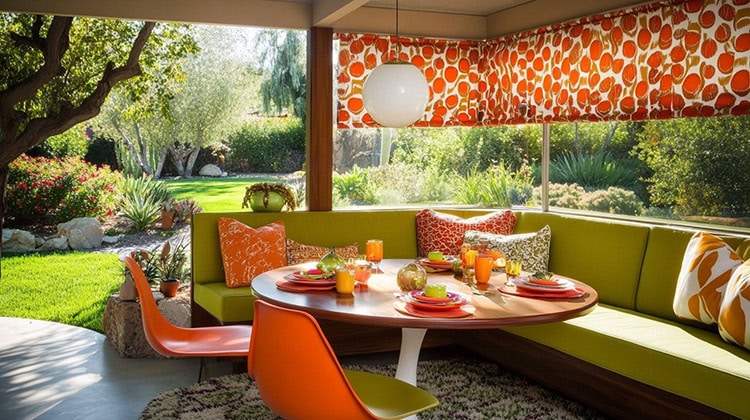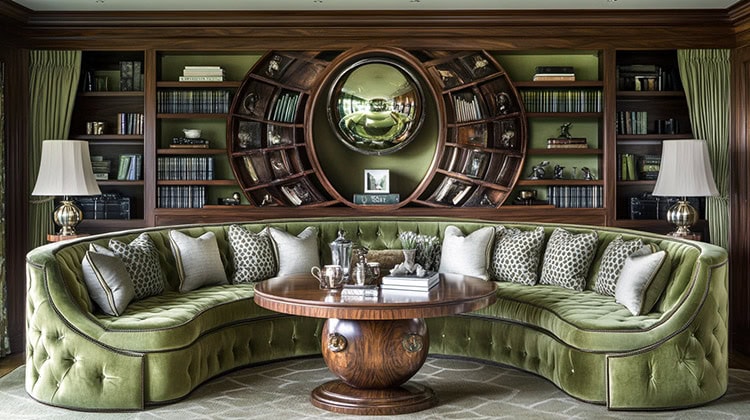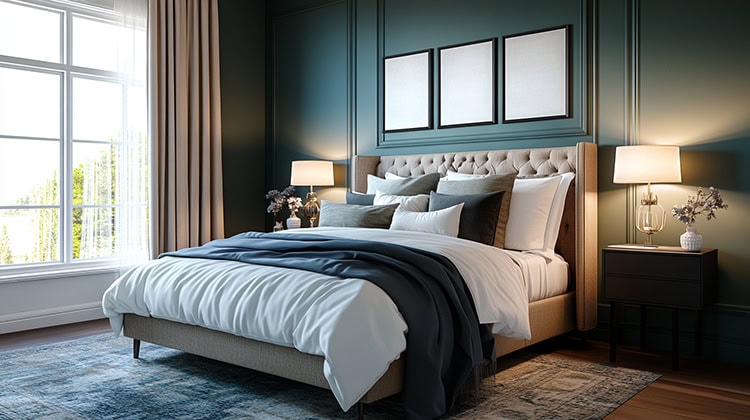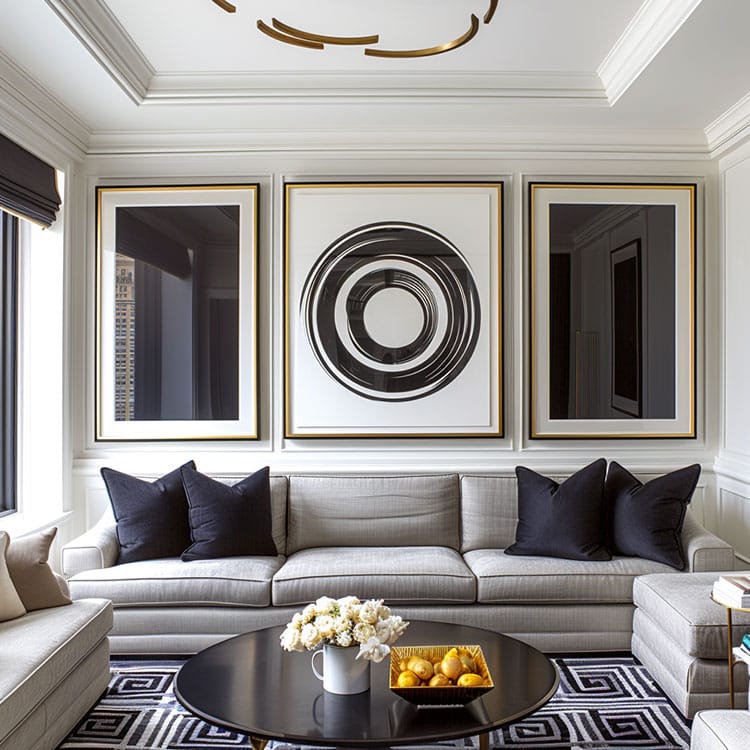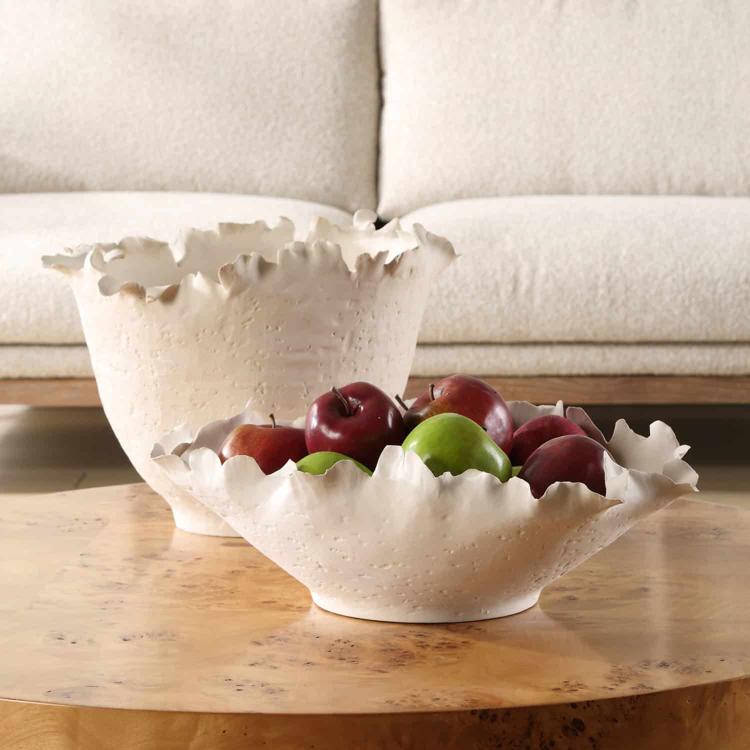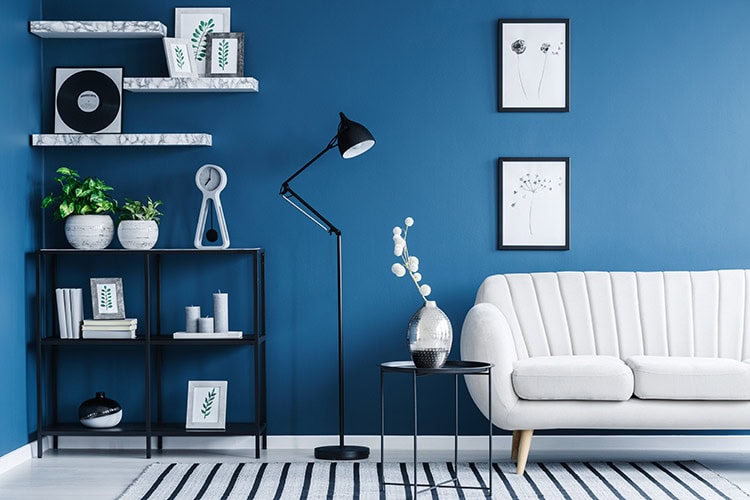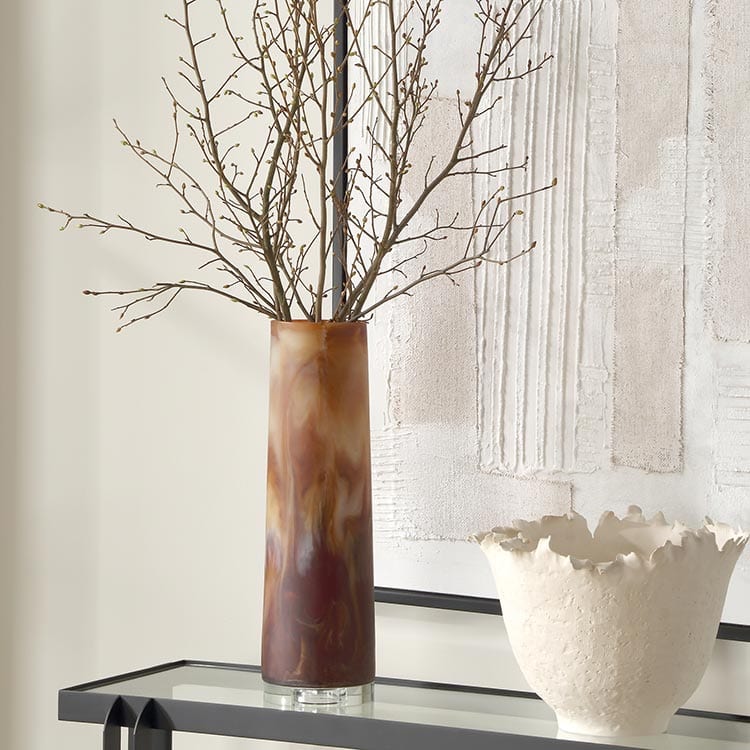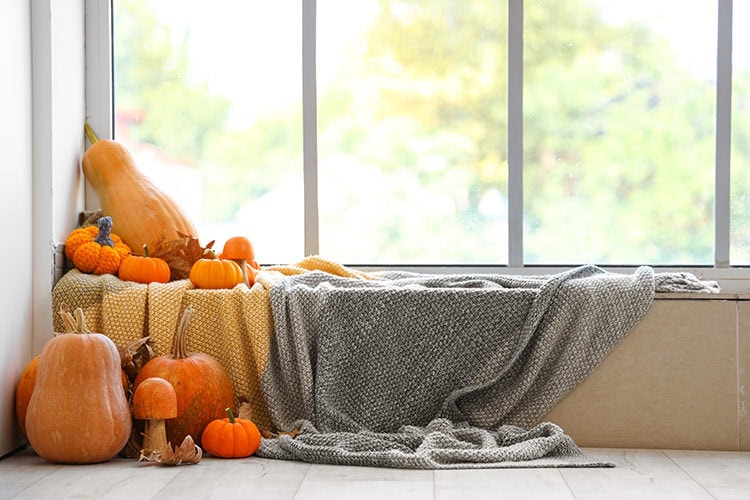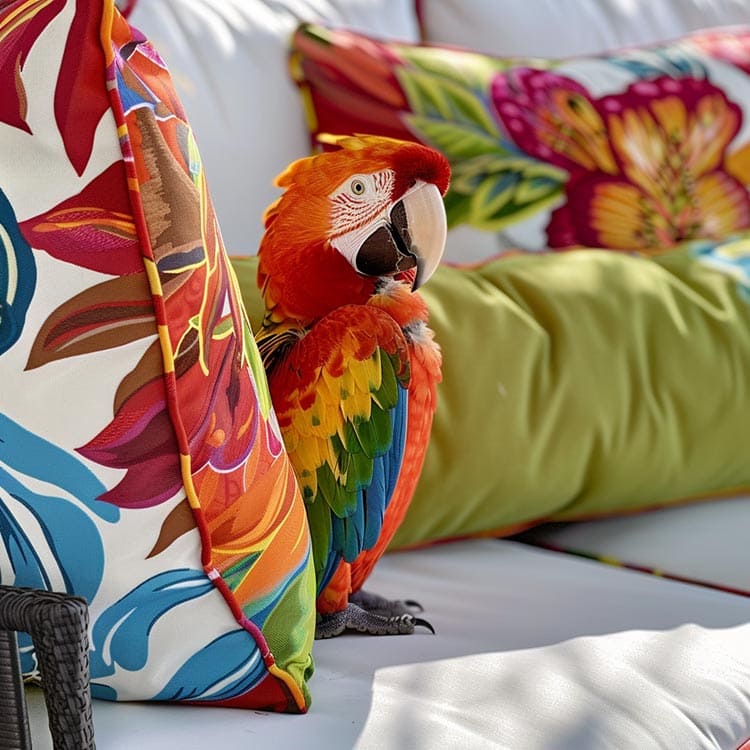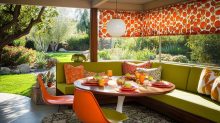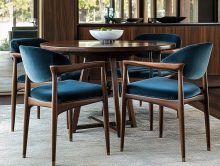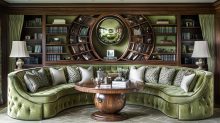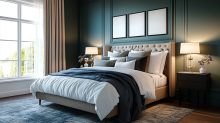Embracing Maximalism: Practical Tips for Implementing Bold Patterns and Maintaining Balance
In 2025, the interior design trend toward bold patterns and maximalism is more popular than ever. Yet, creating a vibrant, expressive space without veering into chaos requires a bit of strategy. With maximalism, the key to success lies in knowing how to balance elements, create focal points, and make spaces feel both curated and personal. Here are some practical tips for bringing bold patterns and maximalist design into your home while maintaining a cohesive look.
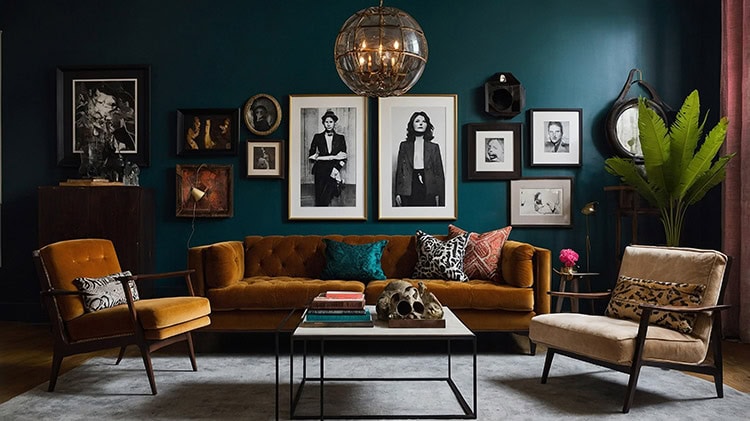 1. Balance and Cohesion: Avoiding Chaos in Maximalism
1. Balance and Cohesion: Avoiding Chaos in Maximalism
Maximalism is often misunderstood as “cluttered” or “overwhelming,” but a well-executed maximalist room is carefully balanced. Achieving cohesion with bold patterns and rich colors begins with a thoughtful approach to color and pattern pairing.
- Choose a Consistent Color Scheme: Select a core palette with three to five colors that you’ll use across the room. This doesn’t mean every color needs to match, but having a few repeating colors will help tie your patterns together.
- Mix Patterns with Intention: When combining patterns, vary the scale to avoid visual clutter. For instance, pair large floral prints with smaller geometric patterns or subtle stripes. This balance prevents the eye from becoming overwhelmed while adding depth.
- Layer Neutral “Anchors”: Neutral elements such as plain-colored sofas, rugs, or walls can ground a maximalist room, allowing bold accents to shine without making the space too busy. Think of neutrals as visual breathers that help your eyes rest and refocus on key design elements.
2. Focal Points: Directing the Eye in a Maximalist Space
In maximalist design, focal points are essential to prevent the space from feeling chaotic. They draw the eye, create intentionality, and make a room feel curated rather than cluttered.
- Create a Statement Wall: Choose a wall to cover with a striking wallpaper or mural to serve as a focal point. By concentrating bold design in one area, you add interest without overwhelming the room. Large artwork can also work wonders for this purpose.
- Select a Standout Furniture Piece: A brightly patterned sofa or a unique vintage armchair can be the star of the room. Position it in a way that draws attention, perhaps in a well-lit area, and design around it.
- Incorporate Statement Art and Decor: Bold, large-scale artwork or a gallery wall can serve as a powerful focal point, giving the room a sense of structure and helping guide the eye to intentional places.
3. Personalization: Making Maximalism Your Own
Maximalism is about creating a space that reflects your personality. Incorporating items of personal significance not only makes the room unique but also gives it a soul that purely decorative items often can’t achieve.
- Curate Collections Thoughtfully: Displaying items you love, whether travel souvenirs, vintage finds, or family heirlooms, can add a rich layer of personalization. Group similar items together to create vignettes that feel purposeful and organized.
- Bring in Personal Art and Photos: Mixing personal photography with art that speaks to your taste can make a maximalist space truly feel like “you.” Try mixing frames, sizes, and styles to make a gallery wall feel dynamic and unique.
- Customize Your Color Palette: Consider incorporating colors that hold personal meaning or bring nostalgia. From the wallpaper in your childhood home to hues that evoke favorite places, these choices make the space feel intimate and special.
4. Avoiding Overcrowding: Keeping Maximalist Spaces Functional
Functionality is key in any interior space, and maximalism is no exception. Avoiding overcrowding allows the space to feel comfortable and accessible while retaining its bold, maximalist style.
- Embrace Negative Space: Maximalism doesn’t mean filling every inch of the room. Leaving some areas unadorned, like a clear space around your statement furniture, adds breathing room and makes bold elements stand out.
- Consider Multipurpose Furniture: Opt for furniture that can double as storage, like ottomans with compartments or side tables with shelving. This approach reduces clutter and maintains visual interest without overcrowding.
- Edit Regularly: Periodically assess your decor and consider removing items that don’t serve a purpose or feel out of place. Maximalism doesn’t require you to keep everything out at once—rotating decor pieces allows you to keep your space fresh and prevents it from feeling too busy.
5. Embracing Layers: Building Depth in Maximalism
One of the most rewarding aspects of maximalist design is its invitation to layer textures, materials, and finishes, creating a space that feels full of depth and character. Layering isn’t just about adding more; it’s about choosing complementary materials that give the space a rich, multidimensional look. For example, pair a velvet sofa with a silk throw and add patterned cushions in contrasting textures like linen or boucle. Mixing shiny finishes, like metallics, with more matte or rustic surfaces, such as reclaimed wood or natural stone, further enhances the tactile experience. The goal is to craft an environment where each piece feels intentional, and each layer reveals something new upon closer look.
6. Lighting: The Finishing Touch in Maximalist Spaces
Lighting is often the unsung hero in maximalist design, as it can dramatically impact the ambiance and highlight focal points within the space. In a room filled with bold colors and patterns, layered lighting—like a mix of ambient, task, and accent lights—helps bring everything into balance. Consider unique statement lighting fixtures that add to the maximalist aesthetic, such as chandeliers, sculptural floor lamps, or colored glass pendant lights. Additionally, use lighting to draw attention to certain areas, such as illuminating a statement wall or art piece, to enhance the overall cohesion and direct the eye intentionally. Well-placed lighting doesn’t just brighten the room; it adds an essential layer of artistry that ties the maximalist look together beautifully.
The Art of Curated Maximalism
Maximalism is a celebration of individuality, color, and creativity. By balancing bold patterns with neutral anchors, establishing focal points, incorporating personal elements, and avoiding overcrowding, you can create a maximalist space that is both visually exciting and functional. With these practical tips, anyone can embrace maximalism without sacrificing harmony, creating a home that feels both energizing and personal.

